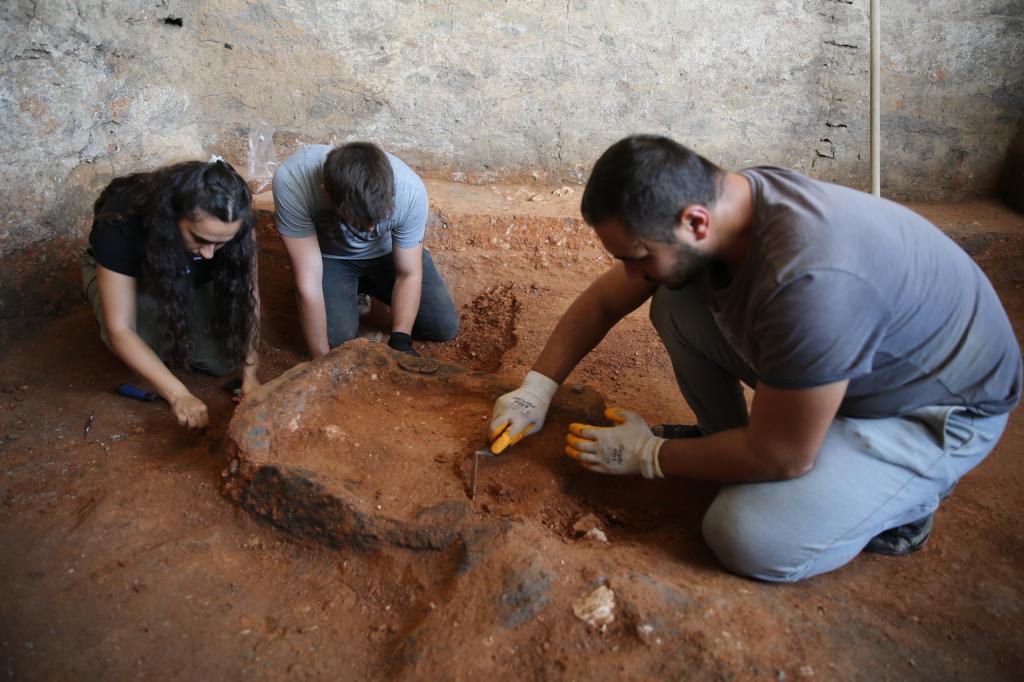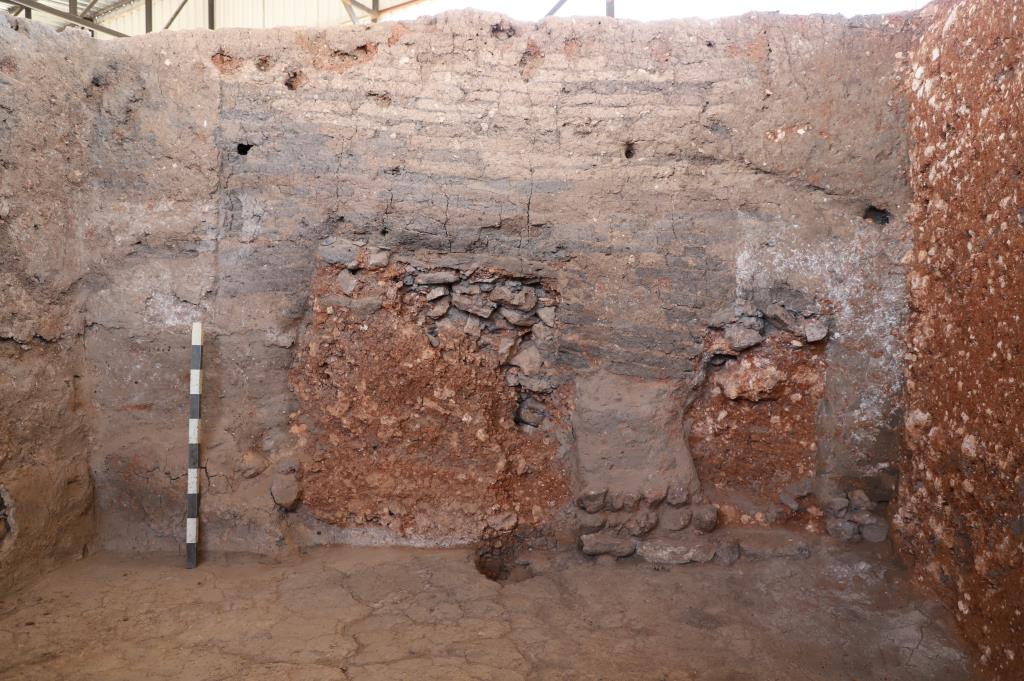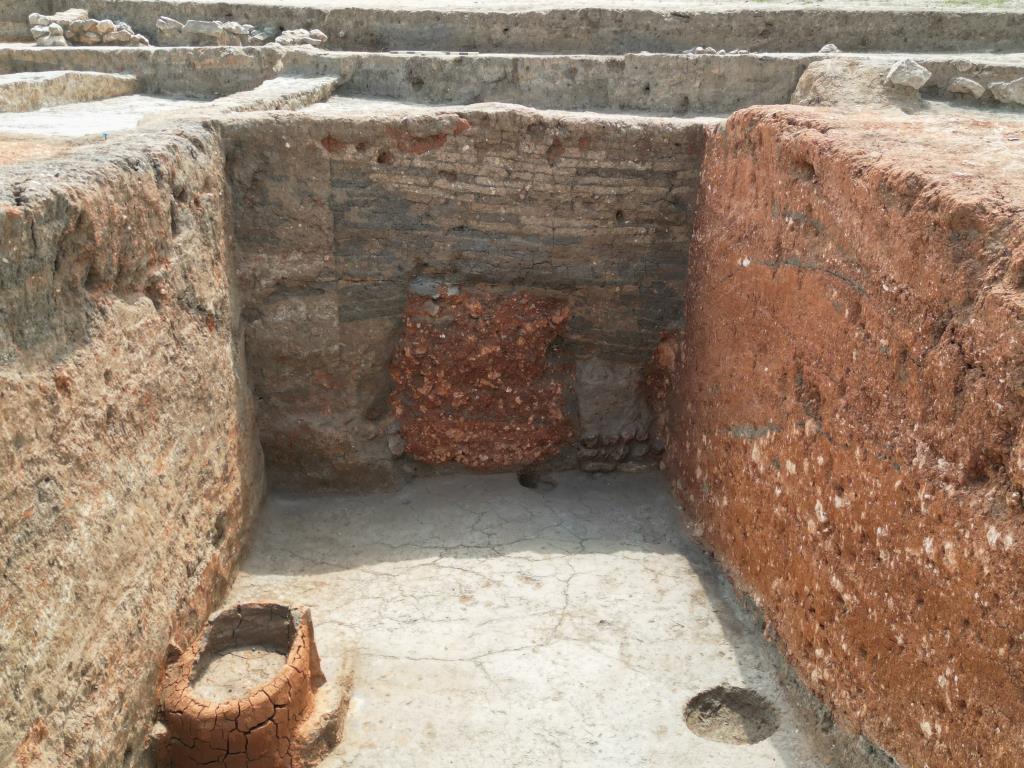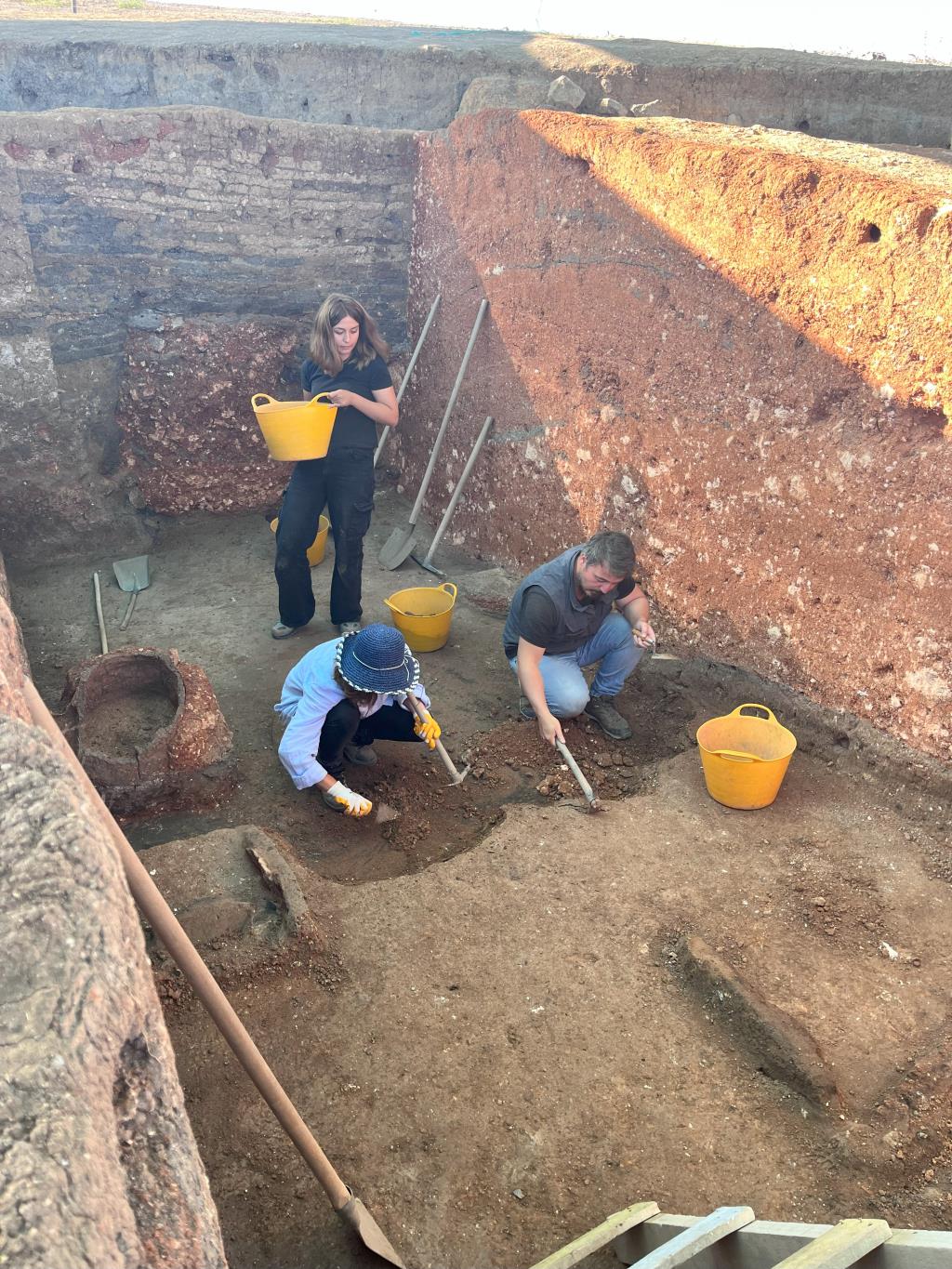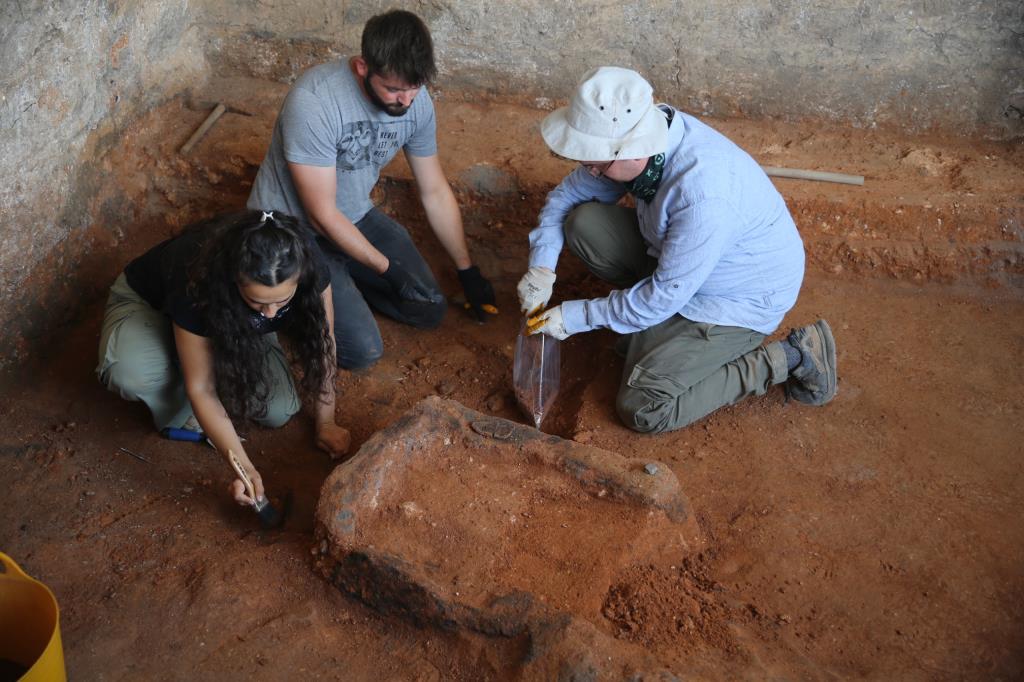News
Son Haberler
New Discovery from the University's Archaeology Department: 5200 Years Ago, the Buildings were Buried Consciously
16 September 2024 Monday
Excavations at Küllüoba Mound in the Seyitgazi District of Eskişehir Province yielded findings on the practice of building burial, which is generally identified with the Neolithic Period in Southeastern Anatolia.
Prof. Dr. Murat Türkteki, a faculty member at the Department of Archaeology, Faculty of Humanities and Social Sciences, led the excavations in the west of the mound, where it was determined that the 5200-year-old buildings belonging to the Early Bronze Age were buried with a red sterile soil (kalish) after the houses and the items inside them such as hearths, ash pits and silos were completely emptied and cleaned. It was also found that even the silo made of mud, which can easily disintegrate, was left under the soil in a way to protect it from destruction.
Head of Excavation Prof. Dr. Murat Türkteki said, “We have determined that all of the buildings in this area have been buried for now, at least the back rooms. The red sterile soil found in the surrounding area has been completely filled into the structures and in this way, for those who use it on the one hand - maybe it has a different meaning, but the walls of the structures are also preserved up to a height of 2.5-3 meters. Normally in a mound we only see the foundations of the buildings, but here we see that the walls of the buildings are preserved almost up to the roof. Before this process, the doors or ventilation areas were built with stones and then the filling process was carried out. There is obviously a ceremony, a ritual during the filling process. The pieces of sacrificed animals were left inside the door and window openings. Again, one of the vessels used in that ceremony was thrown into the structure. This example in Küllüoba is the first example from this period identified in the literature so far.”
Galeri
